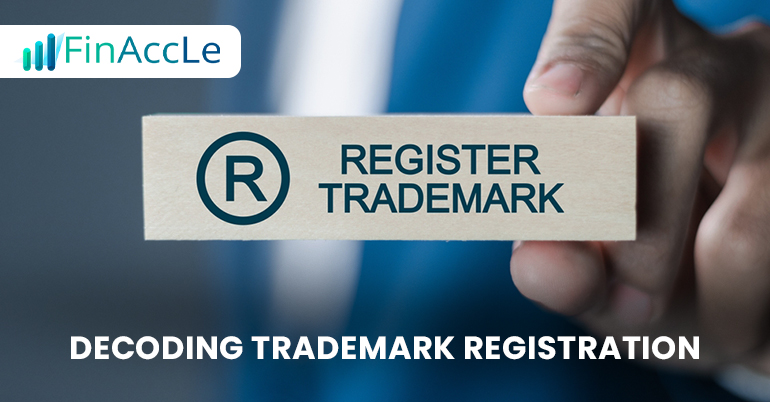
The legal rights connected to brand-building elements, such as symbols, logos, and corporate names, are regulated and governed by trademark laws. They are essential components of the modern business environment because they aid organisations in safeguarding their brand identities and fending off imitators and fake goods.
Today’s consumers utilise brand identification to evaluate and compare businesses, making it a crucial element of corporate success. All organisations strive to develop distinctive strategies to set themselves apart from the competition. Without their recognisable logos and brand names, can you picture what firms like Apple or Samsung’s Trademark would look like?
Such branding techniques are used by these businesses to remain memorable and increase client loyalty. Because of this, maintaining success depends on keeping their brand identity untarnished. Businesses are granted exclusive rights to their brand name, logo, and other visual symbols upon trademark registration online in surat. In addition, this section covers all the information you need to know about trademark registration, the paperwork needed, and the advantages it offers.
A trademark is any image, phrase, or grouping of letters, numbers, or other characters that sets one product or service apart from others on the market. Furthermore, trademark registration prevents rival companies from utilising identical names or logos, making it a crucial piece of intellectual property for a company. Also, they help businesses create a thorough brand identity by letting shoppers connect different visual cues with their goods.
These signals develop into the brand’s distinctive selling qualities over time, aiding in the popularisation of its goods. Also, it enables companies to set themselves apart from rivals.
For startups registered as MSMEs under the Udyog Adhaar Program, the Directorate for Promotion of Internal Trade and Industry Policy recently lowered the application fee for registering a trademark in one class by 50%.
Functions of a Trademark
1. Aids in the recognition of a good or service
2. Gives brands the exclusive right to use the distinctive visual components that define them
3. Ensures the quality of the good and the service by partnering with a reliable supplier.
4. Aids in promoting and marketing goods or services
5. Protects consumers against fake and imitation goods legally
6. Enables the introduction of a product into new markets and market segments
7. Improves the company’s reputation for reliability, integrity, and goodwill.
Types of Trademark Registration
The Following are the example of TRADEMARK REGISTRATION that the Business may do:
- A picture, a symbol, a 3D object, or letters
- Sound markings for audio format
- Letter and number combination used to represent a brand
- The brand’s name
- Creating a logo or graphic
Application for Trademark
Any person, business, or other legal entity that sells goods or services may submit a TRADEMARK APPLICATION ONLINE. Also, the process of Trademark registration might take anywhere from 18 to 24 months to complete. Companies can highlight their trademark registration by including the ® (registered symbol) with their tm after successful registration.
In order to ensure the legal protection offered by the Trademark Office, businesses will also acquire a registration certificate. A registered trademark also has a ten-year expiration period from the filing date, and owners must renew their trademarks to maintain their protection.
Documents Required
- Copy of trademark or logo
- Details of the applicant
- Details of the products and services to be registered
- If the tm has been in use, mention the date of usage on the application
- Power of Attorney, if needed
Process of Trademark Registration
At FinAccle, we simplify the trademark registration process with end-to-end support—from documentation and application to final certification and renewals. Our experts ensure your application is accurate, compliant, and strategically aligned with your business goals.
- Don’t leave your brand unprotected.
- Contact FinAccle today to register your trademark with confidence and build a brand that lasts!

